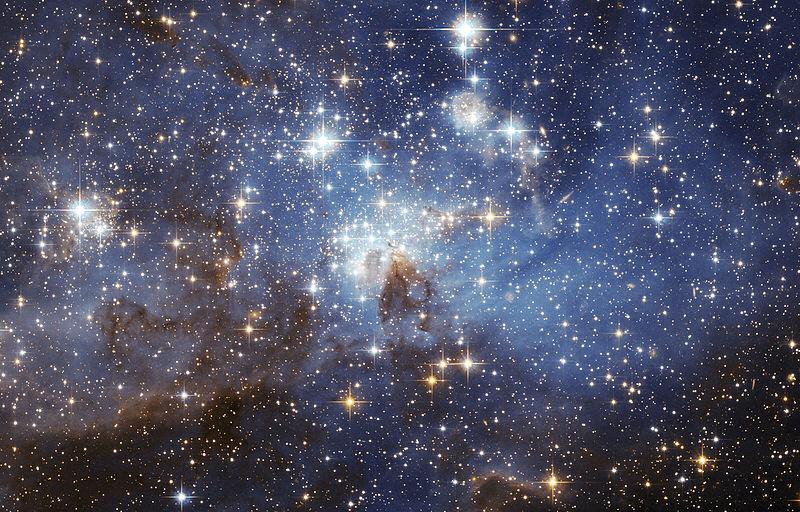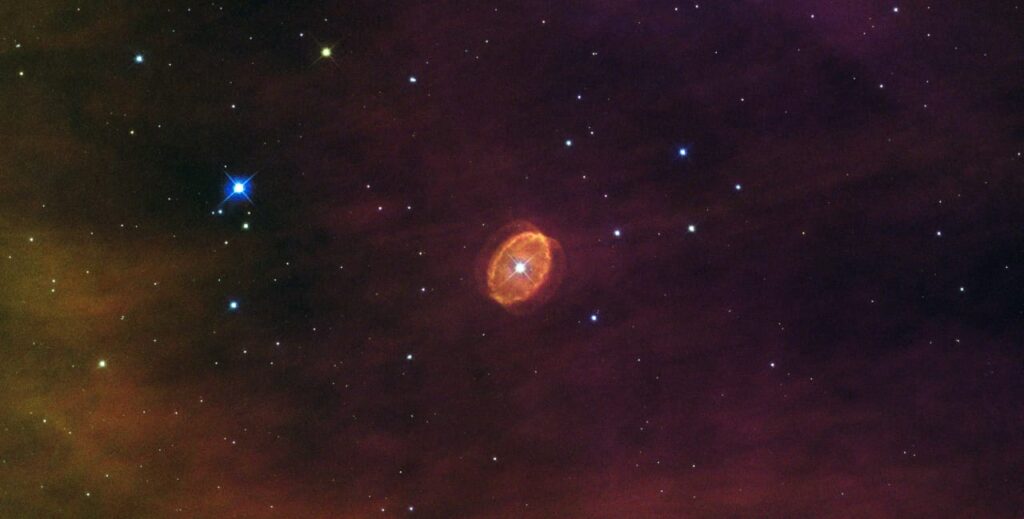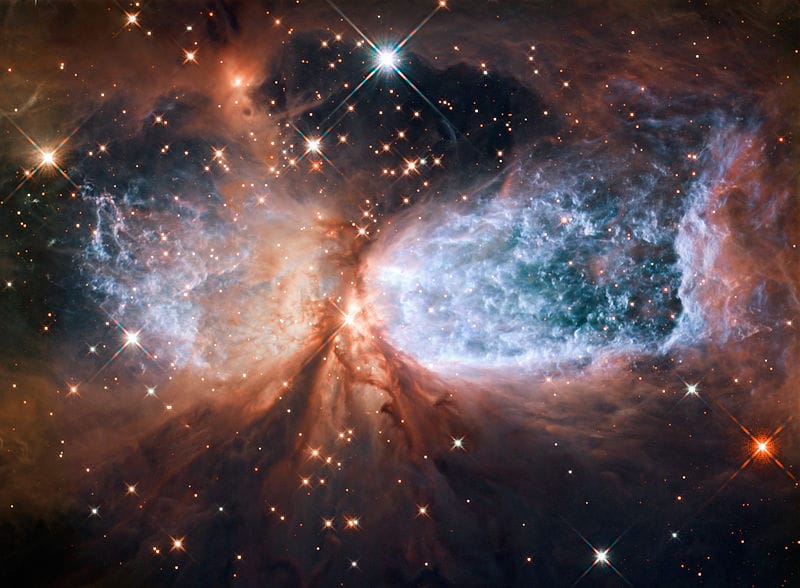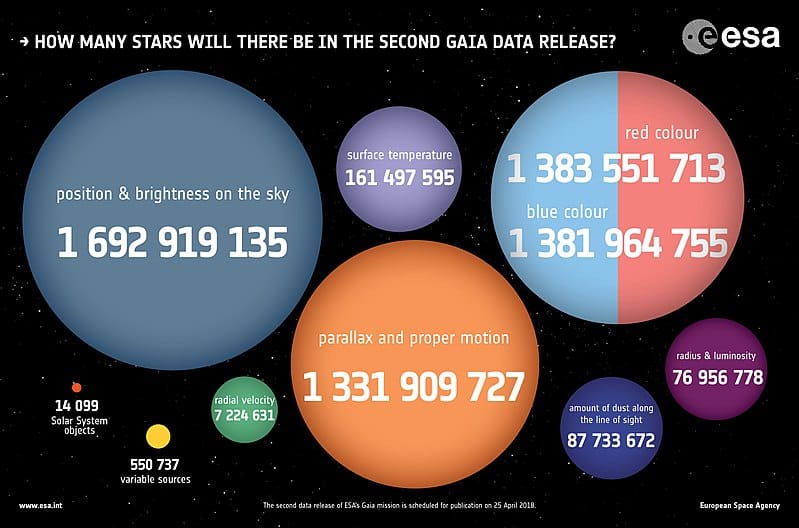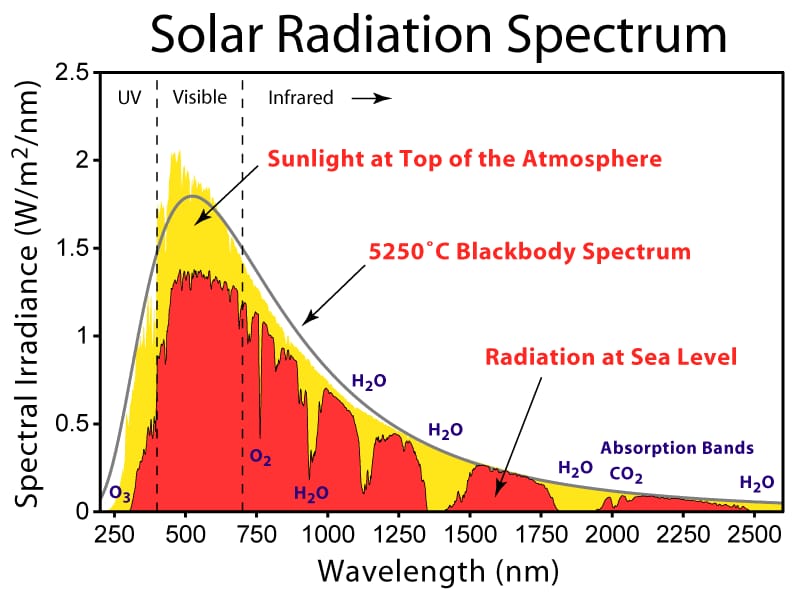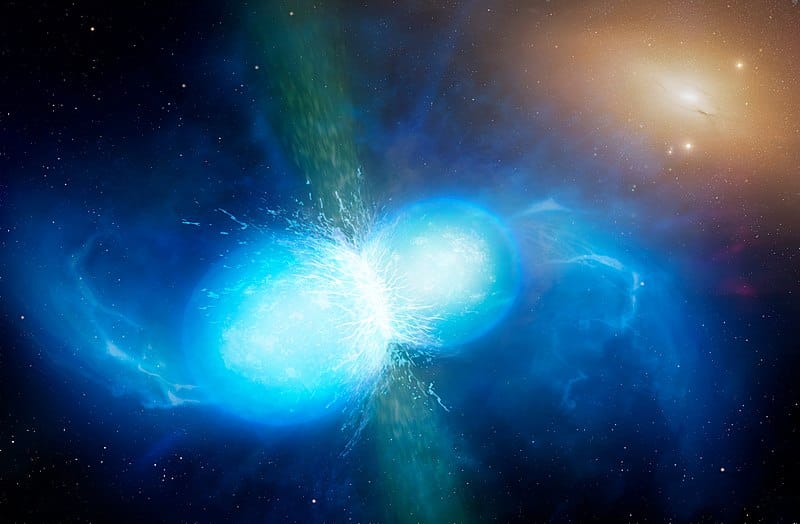From our childhood years, we have listened to different stories about stars. Our grandmother or our mother used to tell some stories related to them. In this article, we are going to know about 19 interesting facts about stars – you probably never knew.
What is a Star?
Stars are celestial bodies that are made up of several gases like helium and hydrogen that is held together by their own gravity. Chemical reactions keep going on inside a star which produces heats and produces protons as well as a small amount of chemical elements. Numerous stars can be seen by the naked eyes but due to the huge distance, they appear to be flickering. Did you know that the Sun is the nearest star to the Earth.
What are some interesting facts about stars?
So, now when we know what a Star is, it’s time for us to know about the 19 interesting facts about stars most people don’t know.
1. How is a star formed?
A Star is formed when some light elements combine under huge pressure to undergo a chemical reaction called fusion. Stars are thick dense clouds of gases such as Hydrogen and Helium. When these gases get hot in the centre, a reaction takes place. This leads to the generation of a large amount of energy. As a result, a Star is born out of it.
2. How many stars are there?
The simple answer to this question is – beyond our imagination. The Universe has billions of galaxies and each galaxy has billions of stars in it. Thus, the number of stars in this Universe is beyond our imaginations. Although some recent studies have found out that the number of stars ranges between 10 sextillions (21 zeroes) to 1 septillion (24 zeroes). Quite an extraordinary number!
3. Is the Sun constant?
We were taught that Sun remains constant. The actual truth is our entire solar system revolves around the Milky Way. The revolution occurs at a slow speed according to universal standards, 828000 km/hour. It would take 230 million years for our solar system to complete one revolution around the Milky Way. Thus, Sun and everything around it is constantly moving.
4. Stars can be 1500 times larger than the Sun
Stars are of different sizes. Some stars can be just a few kilometres while some may be as large as the Earth. Certain stars called supergiants can be more than 1500 times than the Sun. This means the radius of such a star could be over 1,000,000,000 km.
5. How old are stars?
An average star is around 1 to 10 billion years old. Some stars may be much older. Larger stars usually have a lesser life than smaller stars because they burn up their fuels much faster. This allows the smaller stars to have a much longer lifetime.
6. Almost all the stars the eyes can are larger and brighter than the Sun.
Most of the stars the human eyes can see are much larger and much brighter than the Sun. The dimmest of these stars is Alpha Centauri, which is also 1.5 times brighter than the Sun.
7. What colour are stars of?
Although we think that stars are white, stars can be of any colour. They are a mixture of several wavelengths of light, which gives them different colours. White stars are stars that have a balance between different lights.
8. While looking at stars, we are doing time travel!
Light from the Stars takes thousands or millions of years to reach the Earth. For example, the largest star is 4900 light-years away from Earth which means looking at it would mean that you are looking at how it was 4900 years ago. That’s essentially Time Travel.
9. You can see at least 20 quadrillion miles.
On a clear night, a normal person can see nearly 19-20 quadrillion miles. It is the distance to a bright star named Deneb.
10. The Sun which appears to be yellow or white actually isn’t any of these.
The closest star to Earth, the Sun is a ‘Green star’ or a green-blue star, as the actual colour of the Sun borders these two colours. Due to the influence of its surroundings, it appears as yellow or white.
11. What are we?
To be precise, we all are Stardust. Everything in our body from the carbon in DNA to calcium in our bones is ultimately formed by stars. When the chemical reactions occur in star, they produce chemical elements, which over time get scattered in space. Thus, essentially we all are Stardust.
12. Red Dwarfs are the most common types of stars.
These are the stars that burn very slowly and have a lifetime of over 100 billion years. They are less than half the size of the Sun. Unlike large stars, red dwarfs do not explode and get dimmer until they disappear. Surprisingly, our Sun is also a red dwarf.
13. Do stars twinkle and if yes, why?
Stars do not twinkle. The reason behind their twinkling effect is the huge distance between us. Till the time, their light reaches us, their original position changes and thus the next time, light comes from a different position. Also, stars are point sources of light. Due to both these reasons, stars appear to be twinkling.
14. One day, the Sun will eventually die.
Around 3.5 billion years later, the Sun will shine brighter making the Earth lifeless. This will make the core of Sun, out of Hydrogen and make it unstable leading to its blast. It is estimated that Sun will die in a trillion years.
15. A Neutron Star
When a star goes out of fuel, it collapses due to its own gravity and creates a huge shockwave that compresses the core of the star. This is called a Neutron Star.
16. When there is no Oxygen in space, how do the Stars burn?
The word burn is not correct here. The stars don’t go through combustion which requires oxygen. They use up other fuels like hydrogen and helium to initiate chemical reactions, generating heat.
17. The most stars you can see with naked eyes are around 2500.
The common saying is there are billions of stars in the sky. But due to difference in their amounts of light, most of them are not visible. On a clear night, you can see probably up to 2500 stars.
18. Constantly, new stars are formed
Every day, approximately 275 million stars are formed somewhere in the universe.
19 Some Famous Stars:
- Polaris – Commonly known as the North Star or the Pole Star, it is the 45th brightest star in the night sky. Over the years, it has been used as a means of navigation. It is more than 430 light-years away from Earth, but its brightness makes it much visible.
- Uv Scuti – The largest known star in the Universe is the UY Scuti, a hypergiant that is surprisingly located in our Milky Way which measures about 750 million miles. Although it is around 30 times massive than the Sun, it is 1700 times larger in radius than the Sun.
- Sirius A – The Brightest star in the night sky, it is also known as the Dog Star. It is 20 times brighter than the Sun and is around 8.7 light-years away from us, making it the seventh nearest star to Earth.
- Proxima Centauri – the nearest star to Earth apart from the Sun, Proxima Centauri is 4.22 light-years away from the Earth. Even on the fastest spacecraft, it would take you more than 70,000 years to reach the star.
- Betelgeuse – a size as large to gulp the entire orbit of Jupiter, Betelgeuse is the closest supergiant to the Earth. It is located in the Orion Constellation and is 640 light-years away.
So, now when we have got to know about the 19 interesting facts about stars – you probably didn’t knew, it’s time to have a short recap. Below are some easy questions based on the above article. Your task is to answer them correctly in the comments section.
